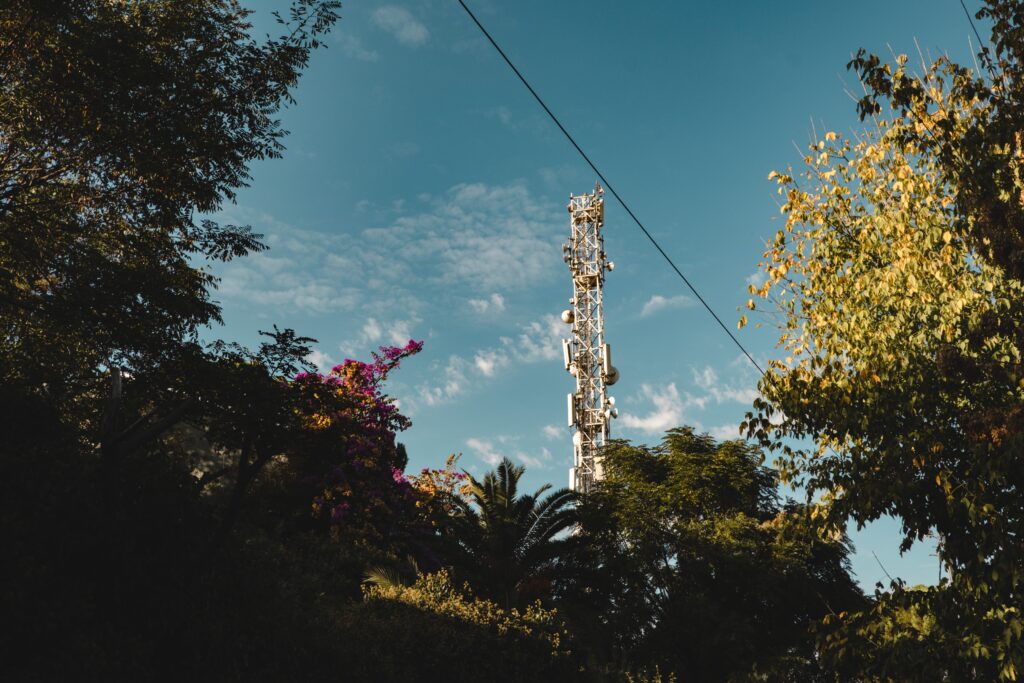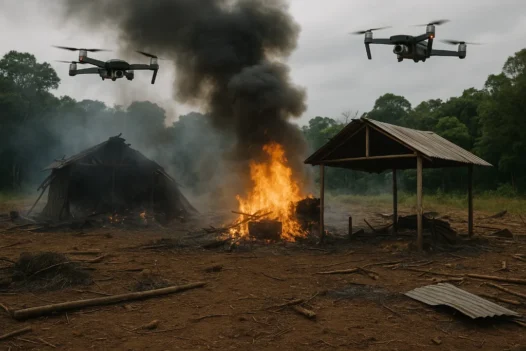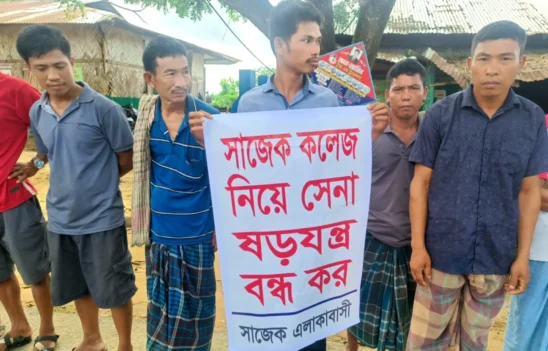Kibithu, the last village on the Indo-Tibet border in Arunachal Pradesh, has achieved a remarkable milestone with the introduction of 4G mobile connectivity. Airtel, the leading telecommunications company, successfully commissioned the 4G network connectivity, bringing uninterrupted communication to the inhabitants of this remote hamlet. Situated in the Anjaw district, nearly 70 kilometres north of the district headquarters, Hawai, Kibithu has long awaited this momentous development.
This significant achievement in Kibithu’s connectivity journey marks a giant step towards ensuring seamless communication for its residents. Chief Minister Pema Khandu expressed his delight, emphasizing the significance of this achievement. Taking to Twitter, Khandu stated, “It’s not a simple phone or video call but a giant step aimed at providing seamless connectivity to the people of the first village of India – Kibithoo.” He further added, “Heartening that the 4G network has been commissioned at Kibithoo – under the Universal Service Funded Scheme.
The introduction of 4G connectivity in Kibithu is part of the larger push by the Narendra Modi-led central government to make the internet safe and accessible for all citizens, particularly in far-flung regions. The efforts to bridge the digital divide in the northeast region have been hailed as one of the most critical tools for development. Union Minister for Information and Technology and Communications Ashwini Vaishnaw, along with Kiren Rijiju and Chief Minister Pema Khandu, launched 254 towers that will enable 4G network connectivity in Arunachal Pradesh.
The new infrastructure not only benefits Kibithu but also connects at least 70,000 residents in villages near the Line of Actual Control (LAC) in India. This connectivity assumes greater significance given China’s ongoing expansion near the LAC. Tawang and other border districts in the region are experiencing fast-paced improvements as a result of these connectivity initiatives.
The introduction of 4G connectivity brings numerous advantages to the residents of Kibithu and the broader region. A car mechanic from Changbu village in Tawang district, Hussain, highlighted how high-speed connectivity has made it easier to access details of car breakdowns and track customer locations, thus facilitating their job. Tashi Yangchin, a government employee, emphasized the importance of internet access for children, enabling them to connect with friends and family worldwide, especially in the post-Covid times when it is vital for their studies and social interaction.
While there have been notable improvements in internet connectivity, challenges remain, such as the need for a reliable power supply. Accessing the internet in Tawang and other areas can be hindered by the unreliable power supply, which needs to be improved to leverage the benefits of high-speed connectivity fully. Local stakeholders, like Sonam, the hotel owner, rightly point out that while progress is commendable, there is still a long way to go in achieving comprehensive and reliable internet access in the region.
Nonetheless, the digital transformation in Kibithu and the broader region symbolizes the transformative power of technology in fostering progress and development. The Modi government’s push to make the internet safe and accessible for all citizens is proving to be a crucial tool in driving the overall growth of the northeast region. By ensuring seamless connectivity and empowering people with information and resources, the vision of a digitally connected India is becoming a reality as more villages gain access to the benefits of high-speed internet, creating a more inclusive and empowered society.
Read also- Modi govt’s push for high-speed internet to be a game changer for Arunachal’s Tawang







